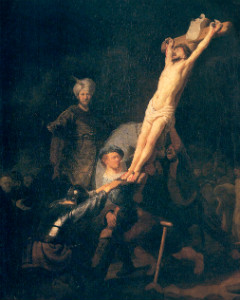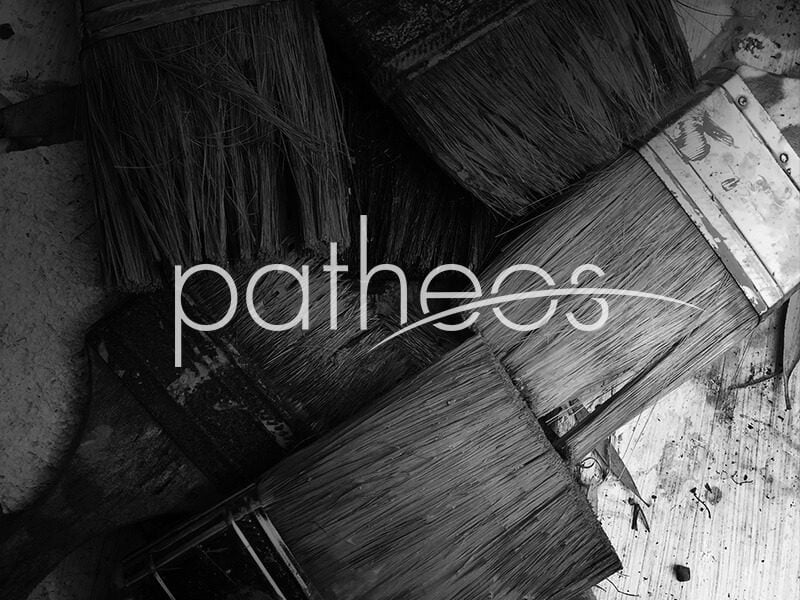
Orthodox Christians this week mark the Sunday of the Holy Cross.
At the midpoint of Lent, the church makes a special point of placing the cross before us to console and embolden believers en route to Pascha, or Easter. Through its veneration and contemplation we gain strength for the journey, its upthrust beam like a staff of support. And yet, the cross is a tool of death. Why turn our minds and hearts toward such a dread instrument?
C. S. Lewis once observed that “crucifixion” and “cross” didn’t carry the weight they once did. “Centuries of hymnody and religious cant have so exhausted these words that they now very faintly — if at all — convey the idea of execution by torture,” he said.
There is a tendency to sentimentalize the cross; it hardly maintains the grisly horror it once did. Songs like “The Old Rugged Cross” have inexplicably schmaltzy melodies. We even put the cross on greeting cards, for pity’s sake, never thinking of the the shock or confusion that someone would suffer receiving a Hallmark-stamped electric chair in the mail.
Coming to grips with the gravity of the cross involves a twin understanding of the crucifixion:
- that we are responsible for Jesus’ death
- that he suffered voluntarily
To the first point, I think there is much to gain from meditating on Rembrandt’s Raising of the Cross. The painting features a remarkable self-portrait. There in the middle of the scene Rembrandt wears a blue beret and actively helps to hoist the cross upon which Christ is nailed, saying in effect, “My sins are why Jesus is on the cross — I put him here.”
Meditating on the cross compels us to look down at the hammer in our right hand and the nails in our left, to wipe away the beads of sweat from our terrible labors.
But if Christ is our victim, he is also our Savior. Only a victim can forgive — something David seems to have understood when he cried to God in the fifty-first Psalm, “Against you only have I sinned.” Theologian John Behr expounds on this in his book, The Mystery of Christ, which warrants quoting at length:
[D]ivine grace is manifest when his betrayers, judges, and those who crucified him, turn to him (repent) to know him as their Savior. . . . [I]n and through the sufferings we inflict, he does not condemn, resist, or exclude; he suffers violence, but never inflicts it — he is the Lamb of God who bears the sins of the world (Jn 1.29). Such suffering is not merely passive — something forced upon Christ — but is voluntarily undertaken and, as such is creative, making all things new (Rev 21.5). . . . [Christ] is present, even now, to those who turn to him, as the victim of their own sins, and, as such, the one who is able to forgive and bring them into the life of God.
This is what consoles and even emboldens. When we face our participation in Christ’s death, we awaken to the fact that he undertook it voluntarily for our sakes.
Why would he do that?
In his homily this past Sunday my pastor pointed out that Christ looks down upon us from the vantage of the cross and says, This is what you are worth to me. The creator would not allow his creation to languish, alienated and ruined. He came down from heaven to be lifted up on the cross and draw all people to himself (John 12.32). That’s why he would do it: He loved us that much (John 3.16, 15.13).
However incomprehensibly weighty our guilt, Christ nonetheless “bears the sins of the world” — our sins — on the cross. When we contemplate the dread instrument, we miraculously gaze up into the eyes of endless, unstoppable love. As we labor through Lent, this is the light the guides our path and the divine grace that emboldens our steps.












